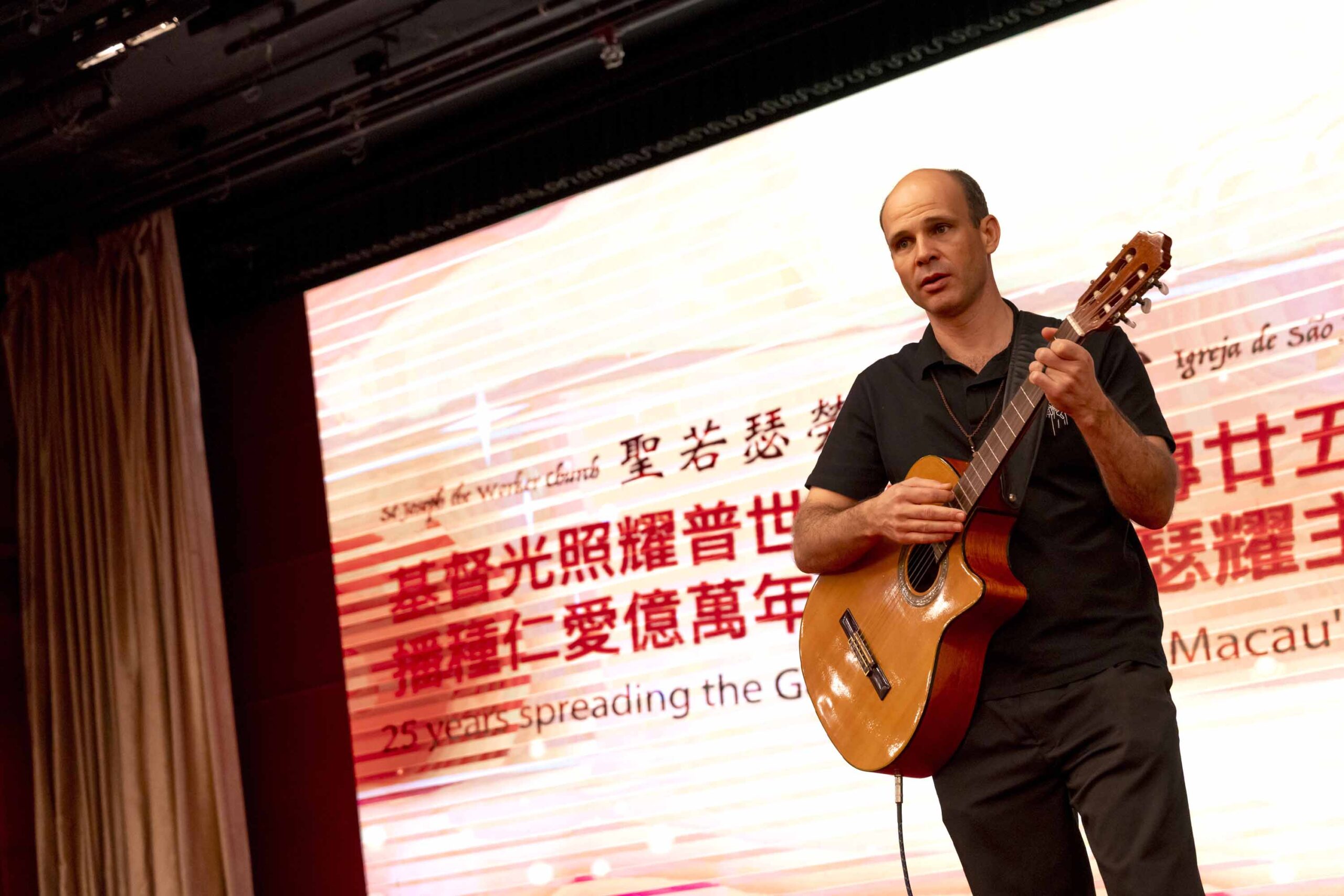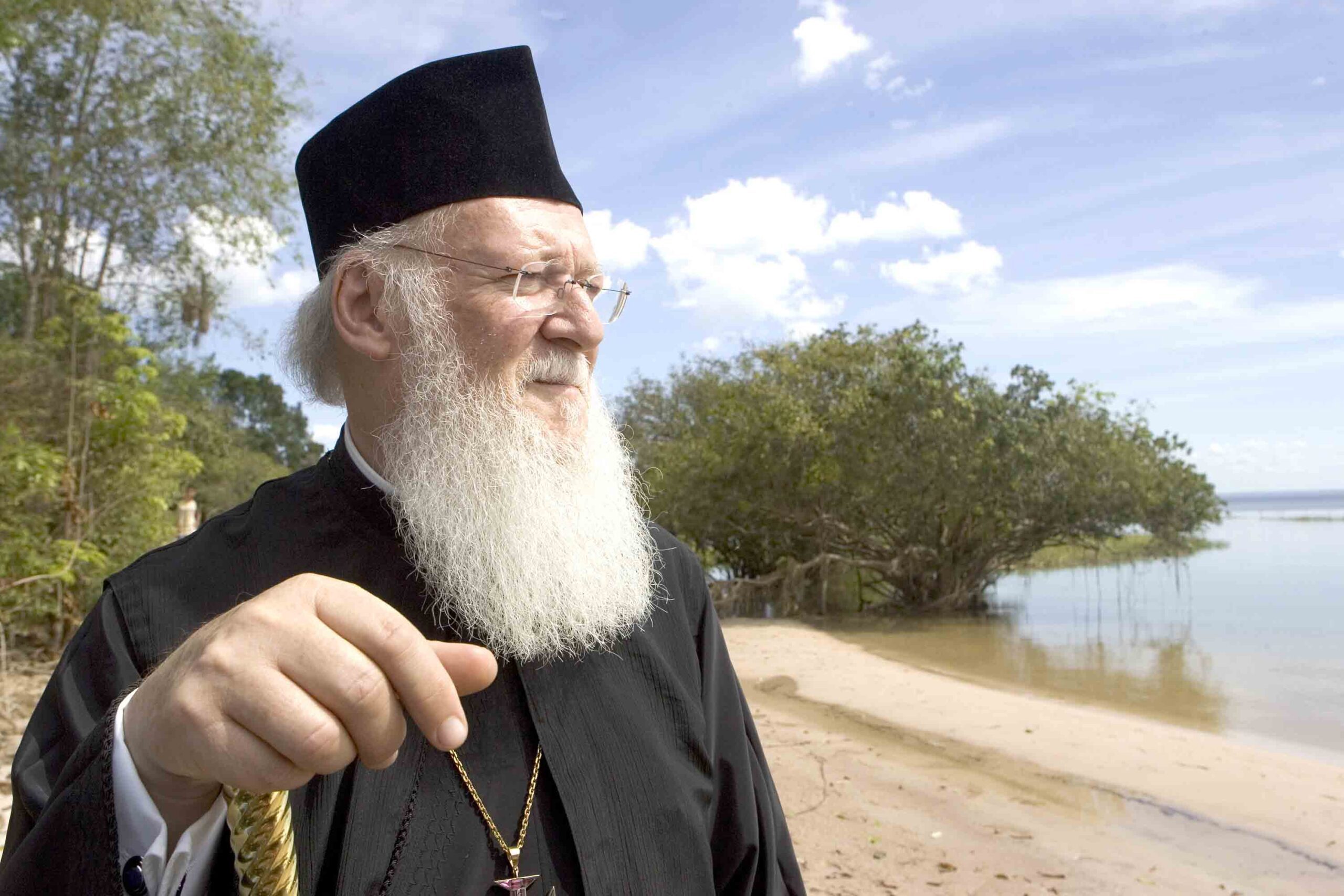We celebrate Cyprian and Cornelius together on September 16. Cornelius was a pope in Rome and renowned because he opposed the rigorist position in dealing with the Lapsi, i.e., the Christians who had given up the Holy Books during the persecution, in this way betraying their faith and later asked to come back and be reconciled. In 253 AD, Cornelius was exiled by the emperor Gallus and died of the hardships he endured in prison. He is venerated as a martyr.
Saint Cyprian of Carthage is second in importance only to the great Saint Augustine as a figure and Father of the African church. He was a close friend of Pope Cornelius, and supported him in his views concerning the re-admittance of apostates into the Church.
Saint Cyprian was born to wealthy pagans around the year 190 AD, and was educated in the classics and rhetoric. He converted at 56, was ordained a priest a year later, and became bishop two years later. His writings are of great importance, especially his treatise On the Unity of the Catholic Church, in which he argues that unity is grounded in the authority of the bishop and among the bishops, in the primacy of the See of Rome. On September 14, 258 AD, he was martyred during the persecutions of the emperor Valerian.
THE UNITY OF THE CHURCH
This is what Cyprian writes: “The pure and chaste bride of Christ is not able to commit adultery. She knows one home and guards the sanctity of one bedchamber with modest chastity. She keeps us for God and destines the children she has begotten for the Kingdom. Whoever has separated from the Church and is joined to an adulteress is cut off from the promises of Christ. He is a stranger, profane, an enemy. He is not able to have God as Father who does not have the Church as mother. If anyone outside Noah’s ark was able to escape, then he who is outside the church escapes.”
The Lord admonishes and says, “He who is not with me is against me, and he who does not gather with me scatters” (Matthew 12:30). He who breaks the peace and concord of Christ works against Christ; he who gathers elsewhere than in the Church scatters the Church of Christ. The Lord says, “The Father and I are one” (John 10:30). Again, it has been written concerning the Father, Son and Holy Spirit, “And the three are one” (I John 5:7).
“Does anyone believe that this unity in the church which derives from divine constancy, which is bound to the heavenly mysteries, is able to be torn asunder and be split apart by the divergence of opposing wills? Whoever does not hold fast to this unity does not hold fast to the law of God, does not hold fast to the faith of the Father and the Son, does not hold fast to life and salvation.”
“THE SEAMLESS TUNIC OF CHRIST”
“The mystery of unity, this bond of abiding concord is manifested when, in the gospel, the tunic of the Lord Jesus Christ is in no way divided or torn. Rather, the entire garment is received. Whole and undivided, it becomes the possession of the ones casting lots for the garment of Christ, who would have done better to put on Christ.” Divine Scriptures says, “But concerning the tunic, since it had been woven in one piece from top to bottom and was without a seam, they said to one another, ‘Let us not tear it but cast lots for it, to see whose it will be’” (John 19:23ff).
“He brought that unity which comes from above; that is, from heaven and from the Father. Such unity was not at all able to be torn by the one who took it into his possession but continued whole and undamaged. He is not able to possess the garment of Christ who tears and divides the church of Christ” (On the Unity of the Catholic Church, 6-7).
The beautiful and iconic sentence, “He is not able to have God as Father who does not have the Church as a mother,” has remained a yardstick of judgment about the orthodoxy of people who challenge their belonging to the community because of their unusual and strange doctrinal positions or disciplinary rebellions.
The motherhood of the Church does not contemplate a rigid application but a large, tolerant spirit that makes the Church a real catholic home for different approaches and original points of view but such that do not tear up the “seamless tunic” of the Christian community’s right doctrine and charitable, intelligent obedience.






























